Foraging should be an essential part of any homesteader’s and prepper’s plan to grow his or her own groceries. Learning how to identify, find, harvest, and prepare wild edibles will vastly increase the family’s healthy food supply both today and during a long-term disaster.
Foraged food can be preserved just like the fruits, vegetables, and meat you are cultivating or growing on your homestead.
Foraging is a survival technique that is not exclusively reserved for suburban or rural preppers. Urban dwellers might be shocked to discover how many gourmet weeds are sprouting around their homes as well.
But, the chance that the wild edibles have been contaminated by chemical pesticides surely increases in urban areas where such spraying is far more commonplace.
Not only can your foraging skills prevent the family from starving during a long-term disaster, you can even grow and stockpile them for bartering purposes. Many of the foraged items also boast medicinal properties.
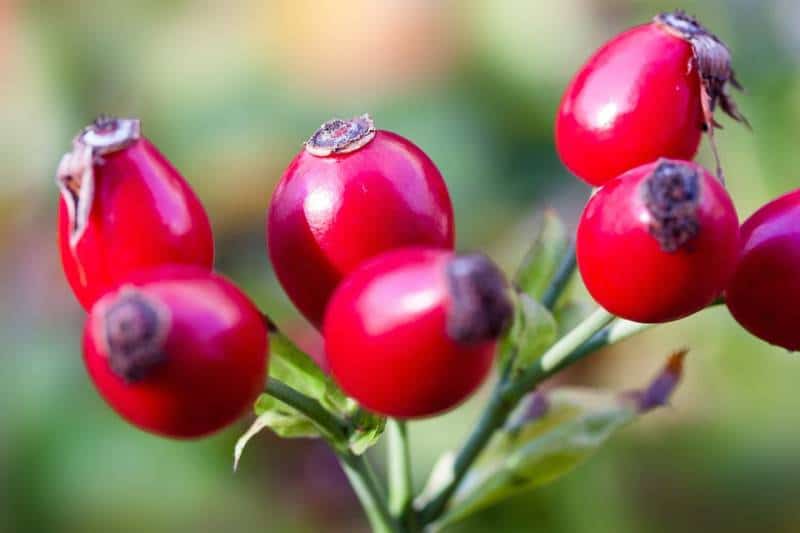
1. Rose Hips
These colorful fruits boast even more vitamin C than oranges. Due to the scarcity of food in Europe during World War II, many British parents fed rose hips to their children to prevent them from starving.
Rose hips can be eaten in raw form after being washed and crushed, or they can be used to make syrup, wine, or tea. They stem from the wild dog rose plant. After the white flower of the rose hip bush has bloomed, its petals fall away and it is time to harvest the fruit.
The fruit from the rose hip bush has often been used as a diuretic, a laxative, as well as an immune system booster. They also have anti-inflammatory properties.
Rose Hip Tea
- To brew a sweet and medicinal tea from rose hips, boil approximately 15 of the hips.
- Smash the now softened rose hips open with a mallet or a spoon, then steep the fruit for about 20 minutes.
- Strain the mixture and then consume while it is still warm to garner the strongest medicinal properties, or allow it to cool and sip for a sweet and healthy treat.
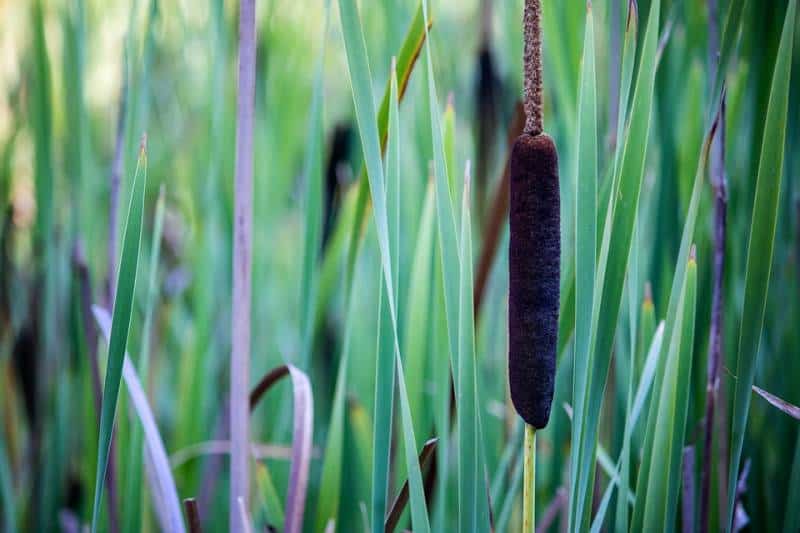
2. Cattails
Cattails grow throughout the United States and the bulk of North America. They also offer high levels of vitamin C, and boast potent potassium and phosphorous compounds as well.
The pollen collected from cattails can be used as a flour substitute in baking recipes. One acre of cattails can yield up to 6,474 pounds of flour on an annual basis. It too was used as food supplement for soldiers during World War II.
Cattails have a mild, yet slightly starchy flavor. This wild edible contains manganese, an edible starch that resembles but surpasses the content of starch commonly found in potatoes.
There are two distinct species of cattails, and they both grow in marshy areas. You must learn how to identify the very similar types of cattails, and know how to consume them properly to garner the highest nutrient count, and to avoid potentially grave illness.
The young tips, bottom white stalk, main root spurs, and rootlets (they resemble spaghetti noodles) are all edible. Cattails also have a moderate to high count of both Vitamin A and B.
Not only is cattail an excellent foraging item, the dried brown flower spikes of the plant can be used as either a torch, or as tinder in a survival situation.
Have a tear in your coat or a blanket that is not warm enough? Stuff it with cattails, they are both absorbent, and have insulation properties.
In need of bait? Carefully check the exterior leaf of the plant. You are likely to find some beetles and grubs hanging out near the bottom of the stalk.
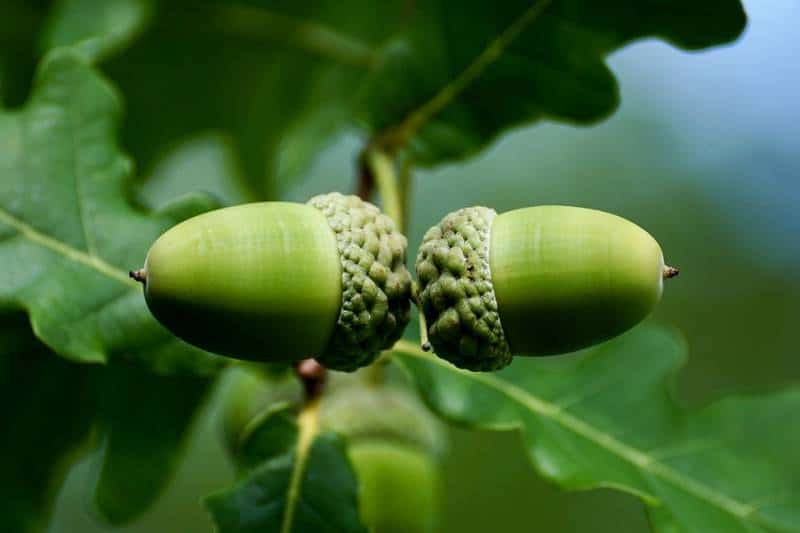
3. Acorns
The nuts are chock-full of fats and nutrients that help fuel the body. Acorns are most abundant during the fall months.
Acorns can be ground into flour, and used for baking. Before being used in any recipe, the the nuts must be soaked in warm water to rid them of their tannic acid.
The acid is great for tanning leather, but not safe to eat. Many foragers recommend shaking and then draining the water acorns are soaked in every 12 hours for up to a week before consuming the nuts in any form.
You must water leach the acorns at least twice before considering them safe to eat.
Acorns do not possess gluten, which can cause some issues with the dough remaining tightly together during baking unless you are making a flatbread.
Because acorns have a somewhat bitter taste, they are best consumed in a dish that also contains sugar, stevia, or some other type of sweetener.
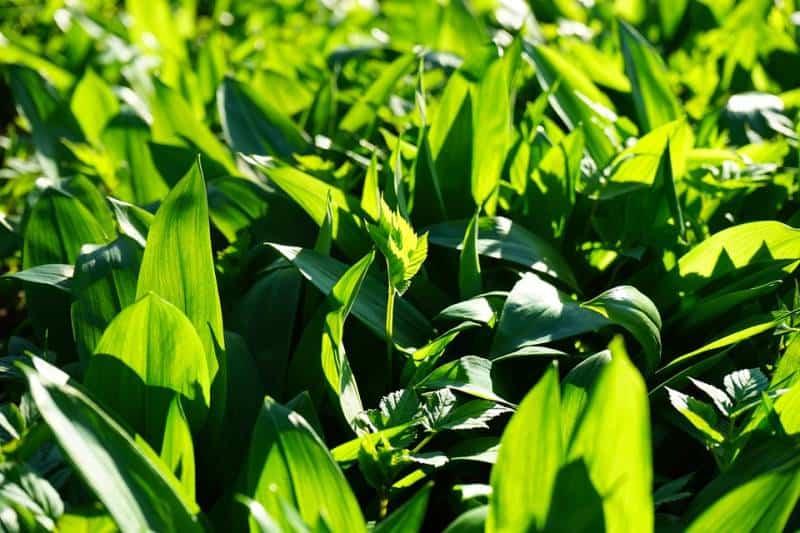
4. Wild Onions
Both wild onions and wild garlic are grown even during the winter in most regions of the United States. There are several species of both of them, but you MUST learn to identify the edible varieties.
Guess wrong and you could be eating your last meal. If the wild edibles have a stinky or musty smell or closely resembles daffodil flowers, they are most likely poisonous.
5. Wild Lettuce
This wild edible is often referred to as a “natural opium” and is consumed both recreationally, and for its medicinal properties.
Excessive consumption is definitely not recommended – especially for women because it can reduce libido.
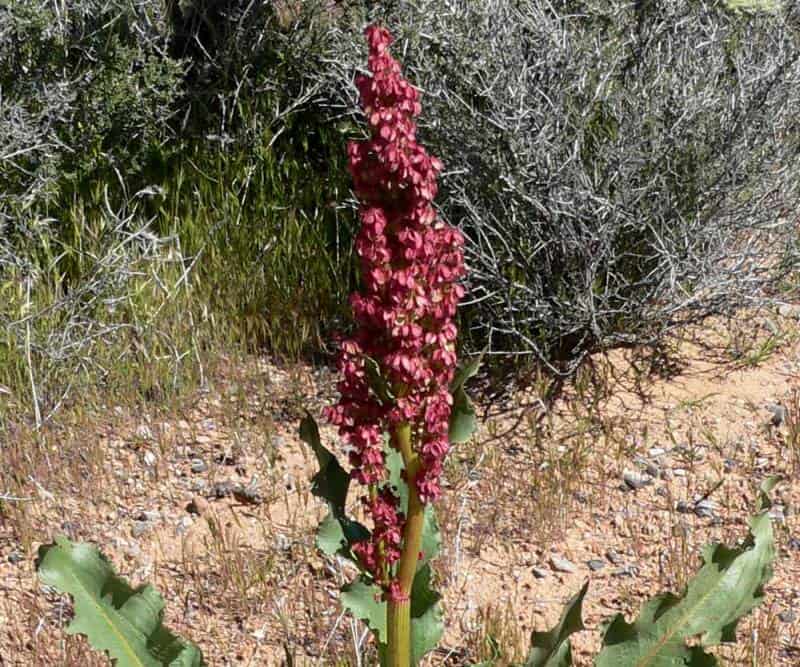
6. Wild Rhubarb
The wild version of rhubarb tastes a lot like a cross between parsnips and carrots.
If foraging during the cold months of winter, dig up the roots of wild rhubarb plants and boil them to make them safe and tender enough to eat.
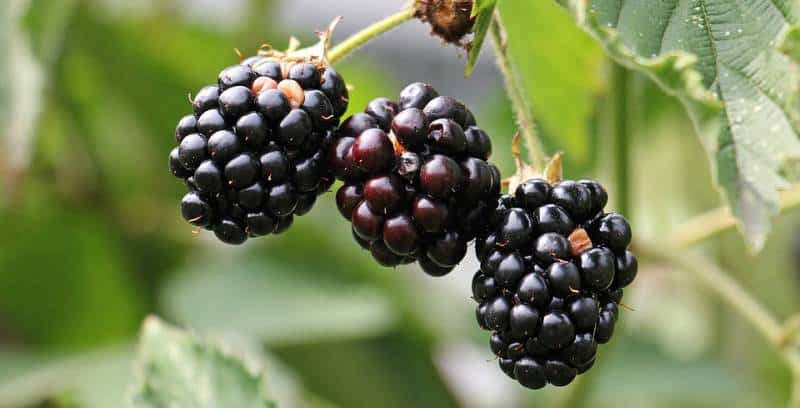
7. Blackberries
Not all wild berries are safe to eat, so it is vital that you learn to distinguish between the varieties growing in your area, or anywhere you plan to travel.
Blackberries are completely safe to eat, and thrive in the woods that dot the landscape in America.
You will likely get more than a few scrapes when reaching into a bush to garner as many as possible, but the payoff will likely be worth it.
The leaves of blackberry bushes are jagged, wide, and green. The flowers during springtime have white blooms with 5-point flowers.
Depending on the weather and where you live, expect to find blackberries on bushes from July through early September.
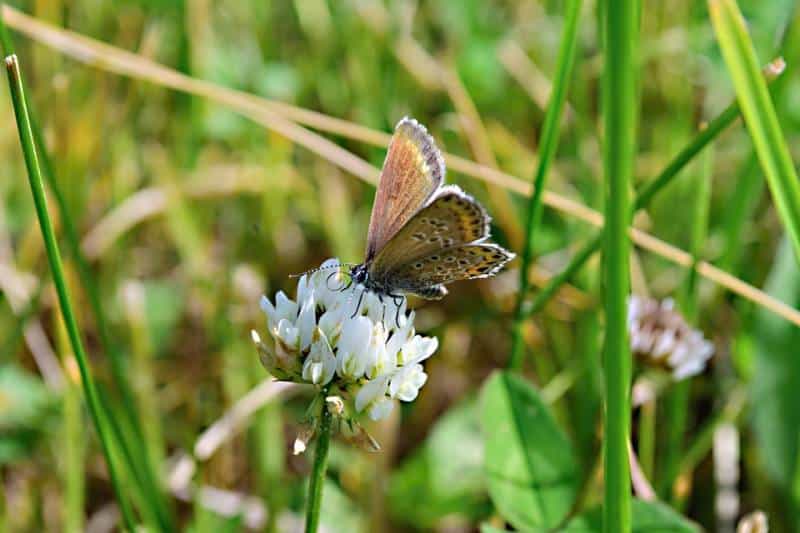
8. White Clover
Even if you live in an urban area, white clover should be prevalent in any green space that exists in the city.
White clover has been used as a natural ingredient in remedies designed to treat both bronchial and respiratory problems. They are high in silicium, magnesium, calcium, potassium, vitamins A, C, B2, B3, and E.
You can make white clover tea by steeping the foraged weeds in hot water for approximately 30 minutes, straining the mixture, and then drinking it after it cools down.
You may have to drink up to five cups of the tea each day to garner any medicinal benefits.

9. Purslane
The plant is a quality source of omega-3 fatty acids. Purslane can be eaten raw in salads, and can generally used as a substitute for lettuce in recipes.
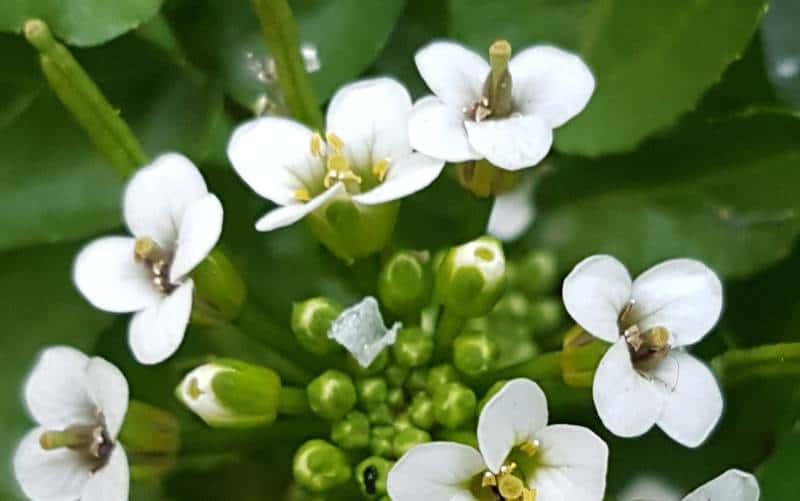
10. Wild Watercress
This sweet tasting wild edible is usually spotted near natural and man-made waterways. It’s typically found year-round, and can be eaten raw after washing, or it can be used as part of a salad or placed on a sandwich.
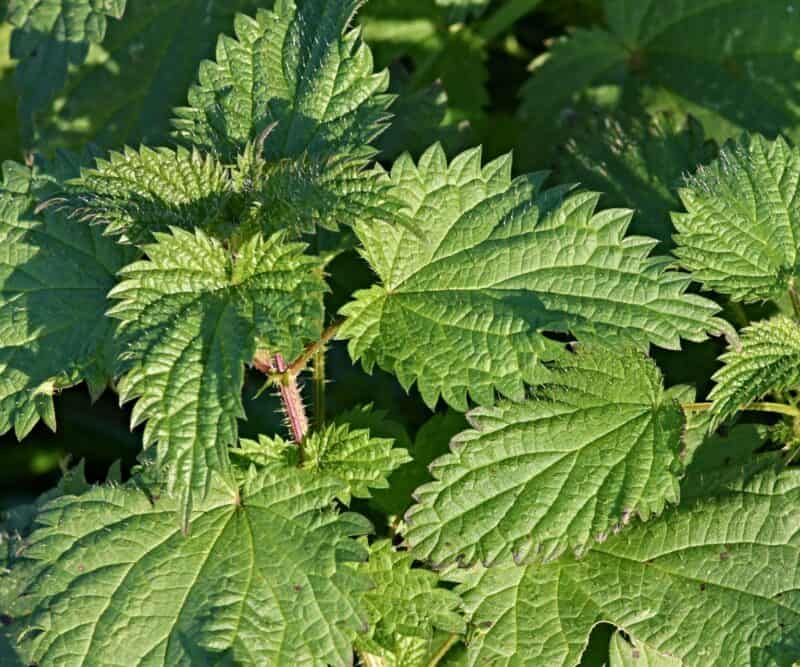
11. Stinging Nettles
Not only are stinging nettles delicious, they can help treat a whole host of medical problems like celiac disease, urinary tract infections, arthritis, tendonitis, asthma, and acid reflux to name a few.
- You must wear gloves when picking stinging nettles – they really do sting… like a lot.
- The nettles typically grow in ravines, and near waterway beds.
- The harvesting season is short. They taste best when picked early in the spring up to maybe the first few weeks of summer. The best and youngest plants stand about 6 to 8 inches tall. As stinging nettles age, they become extremely tough and difficult to chew.
- Never eat stinging nettles that have flowered – you can only make a dry powder out of the flowered wild edibles. The dangerous cystolith compounds in the nettles are eliminated while they are dried.
Preserving and Preparing Stinging Nettles
- Boiling – Boil the nettles in a pot for at least five but preferably 15 minutes. They no longer sting and are safe to handle with bare hands after boiling.
- Freezing – The wild edible can be frozen to be preserved after they have either been steamed or boiled.
- Water Bath Canning – You can water bath can stinging nettles using the same process in which spinach is canned.
- Steaming – Use a colander or steaming basket to steam the wild edibles for no less than five but preferably 10 minutes. After the nettles have been steamed, they are safe to touch with bare hands.
- Sauteing – Add some of your favorite seasonings to the nettles and sautee them until they are fully cooked – this typically takes about five to 10 minutes.
You can use stinging nettles as a replacement for paste in recipes, use is a part of a dip, and even to make a medicinal tea or sweet pie.
A plethora of stinging nettles recipes exist, and nearly all are both easy and quick to make.

12. Chickweed
This wild edible can usually be found growing year around through the country.
Chickweed leaves can be tossed into a salad or washed and eater raw. They also taste great and give an extra nutritional boost to any soup, casserole dish, or stew.
When cooked, both the flowers and the stems of the chickweed plant can be consumed.
The plant is generally considered a solid source of linolenic acid, potassium, thiamin, beta-carotene, copper, selenium, ascorbic acid, niacin, and calcium.
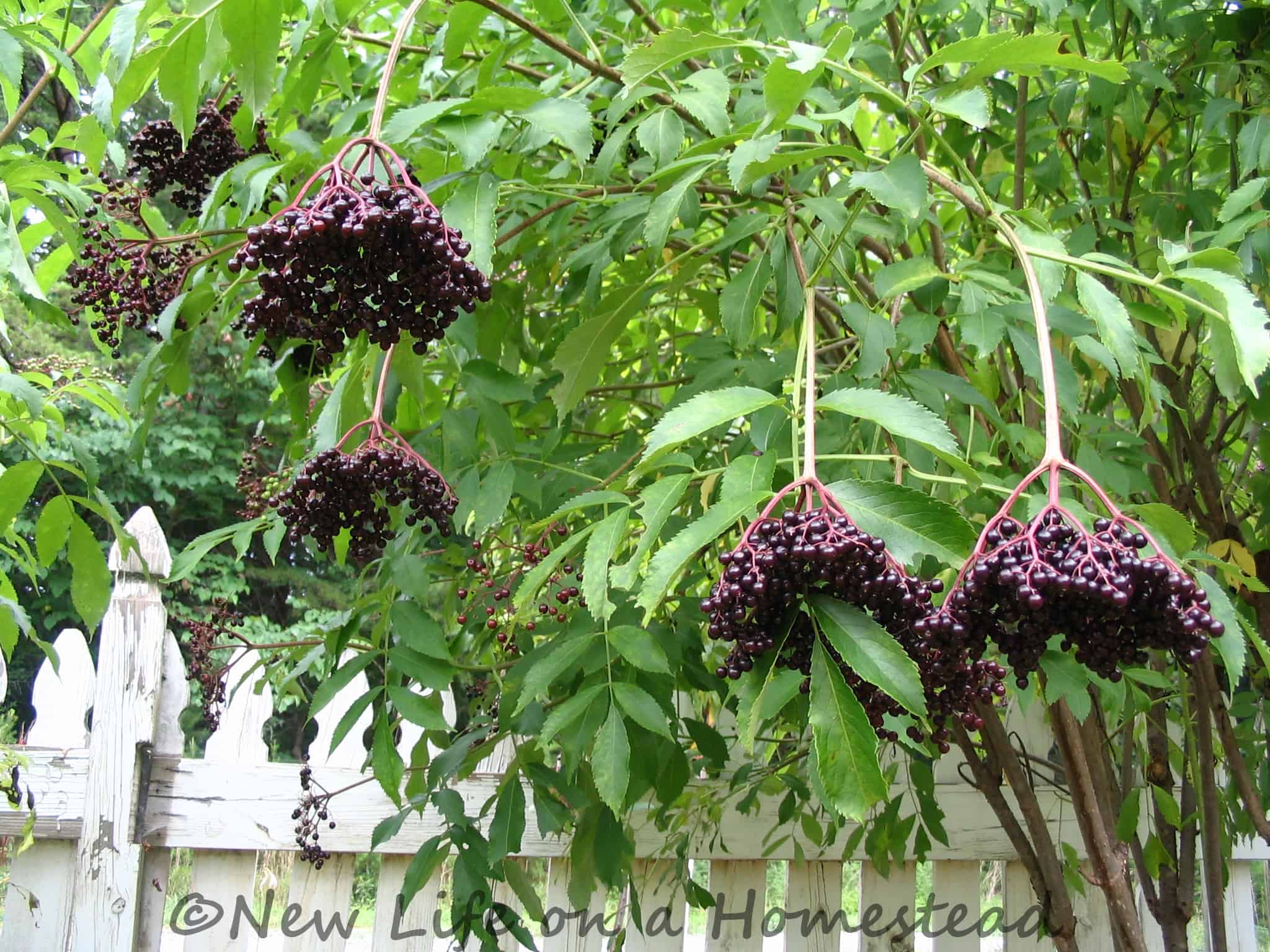
13. Elderberries
Not only do elderberries taste yummy, they may even help you combat the flu and symptoms normally associated with the common cold. A tea brewed from elderberries can help bring down fever, and stave off dehydration.
Elderberry bushes can grow up to 10 feet tall, and stretch wide in their native environment. The bushes typically have 7 primary leaves that extend from a long stem.
The leaves feature jagged edges and are also long and generally round in nature. In the spring, elderberry bushes have white flower blossom that look a lot like an umbrella. Elderberries usually ripen in the late weeks of summer through mid September.
Elderberry Tea Recipe
Ingredients
- 16 ounces of water
- 1 teaspoon of honey
- 2 tablespoons of dried elderberries
- ¼ teaspoon of cinnamon
- ½ teaspoon of turmeric
Directions
- Mix the elderberries, cinnamon, water, and turmeric together in a pot.
- Bring the mixture to a rolling boil, then reduce heat to a simmer for about 15 minutes.
- Remove the mixture from the stove, and allow it to cool for 5 minutes.
- Strain the elderberry tea mixture through a coffee filter or cheesecloth.
- Stir in the honey and drink.
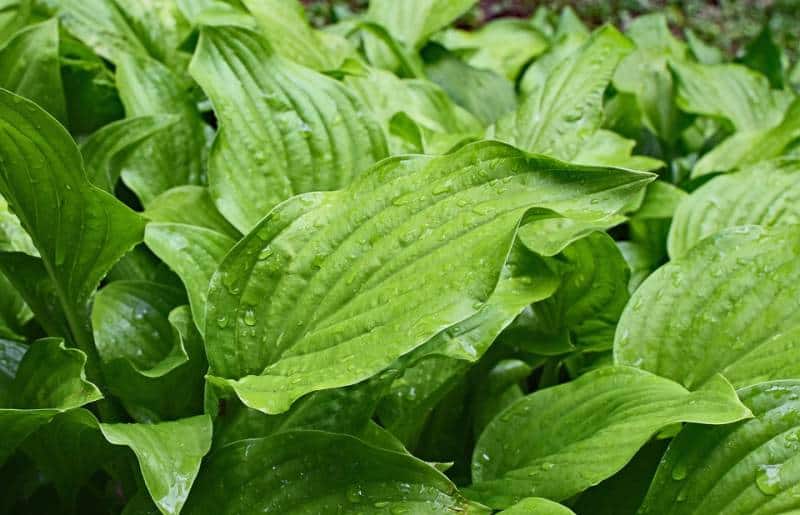
14. Plantain
This is another great foraging option for city dwellers. These healthy and tasty little weeds grow in crevices, and along pavement in great abundance. Plantain is a wonderful lettuce substitute. It possesses anti-inflammatory and antibacterial properties.
It is often used in natural remedies to treat minor wounds, rashes, bug bites, and sometimes even snake bites. Plantain can also be brewed into a tea that can be consumed to help treat ulcers, heartburn, and other general digestive problems.
15. Dandelions
It is beyond foolish to mow down these awesome wild edibles when cutting your lawn. City folks should be plucking these so-called weeds from every crevice they are growing in the city.
Dandelions are a prime source of vitamins A and C, potassium, calcium, and niacin. Almost all parts of the wild plant are used in natural remedies.
Dandelion wine and tea are absolutely delicious and well worth the time it takes to pick enough of the flowers to make them.
Edible Trees
There are many trees that boast an edible bark, a bark that often has medicinal properties. Maple trees are regularly tapped for their syrup, but approximately 15 other tree species offer varying levels of syrup during the final weeks of winter as well.
The Norfolk Island pine and Yew pine are poisonous to consume. There may be other varieties of pine that are also not edible by humans.
Learn to identify all the pines that grow in your region, and then research the safety of their consumption before foraging for pine.
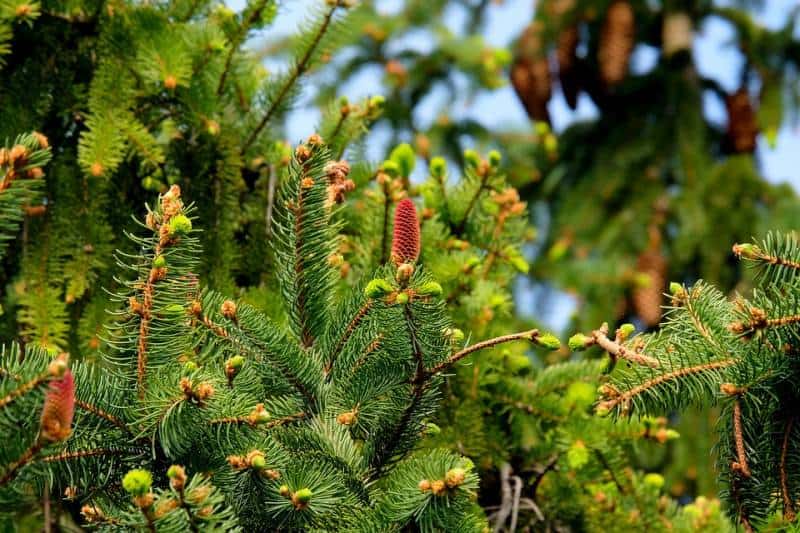
16. Conifers
These trees offer a source of vitamin C. Conifer species of trees include spruce, hemlock, juniper, pine, and fir.
Most varieties of pine and spruce trees are significant sources of beta carotene, calcium, iron, chromium, phosphorus, magnesium, and vitamins A, B1, B2, and B3.
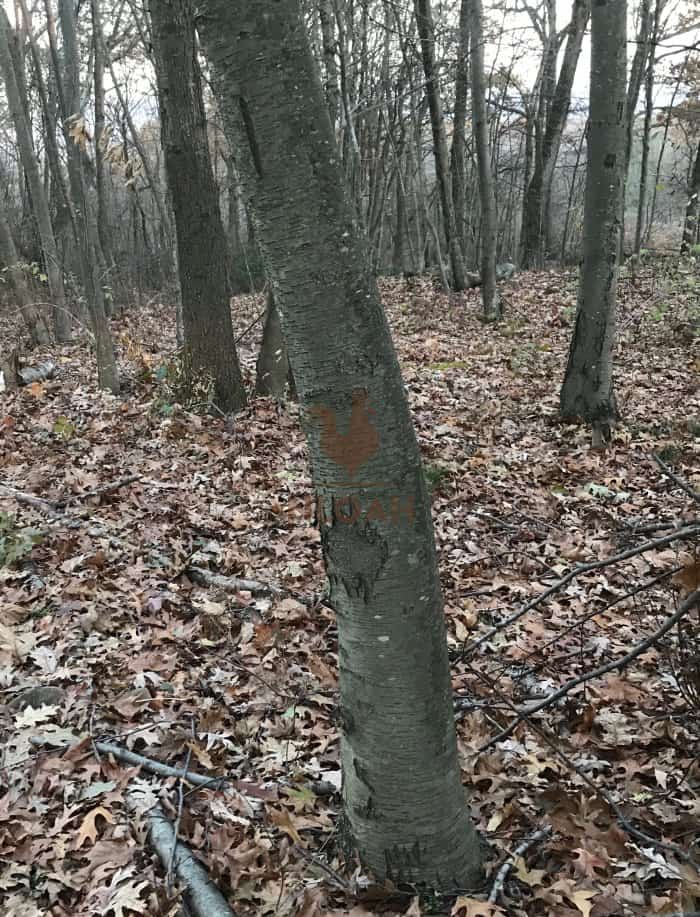
17. Birch
Both the twigs and the bark of this tree can be ground into a powder and consumed as part of a recipe, in a tea, or some contend, even eater raw, to help replace nutrient in the body.
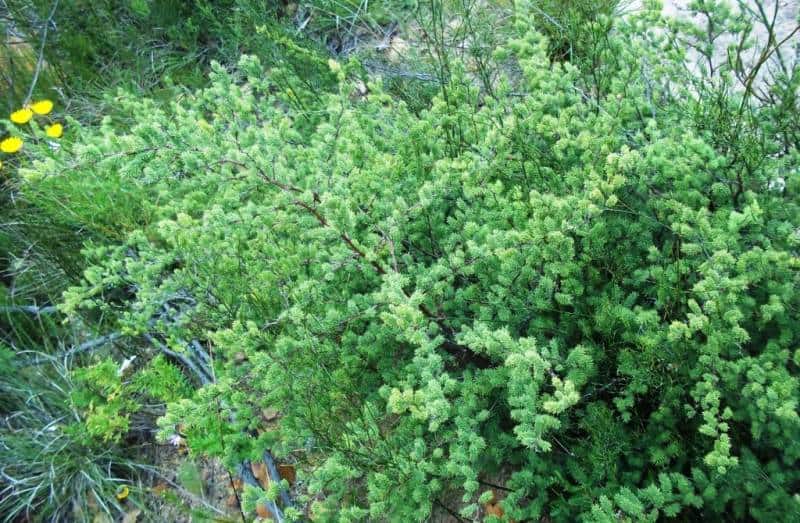
18. Wild Asparagus
Asparagus grows wild and free in North America, western Asia, portions of North Africa, and the bulk of Europe.
The asparagus you find in the woods features a far thinner stalk than the grocery store variety, or likely the one that grows in your garden.
Wild asparagus is a prime source of potassium. Vitamins B6 and 6, and thiamine. You can safely eat it raw, or boil it and use as you would homegrown or store-bought asparagus.
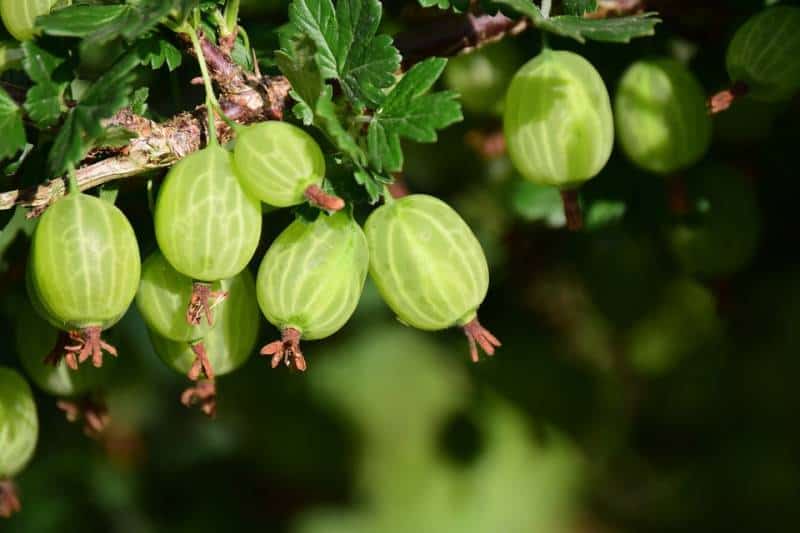
20. Gooseberries
The branches on gooseberry bushes are fairly easy to identify They have long red thorns throughout their gray branches.
The leaves on the berry bushes have five points and boast a bright green hue. The leaves look somewhat like a maple leaf and have slightly rounded edges.
During the spring, the flowers that bloom on gooseberry bushes are a bright red and hang heavily down from their branches until they ripen during the final days of May through early June.
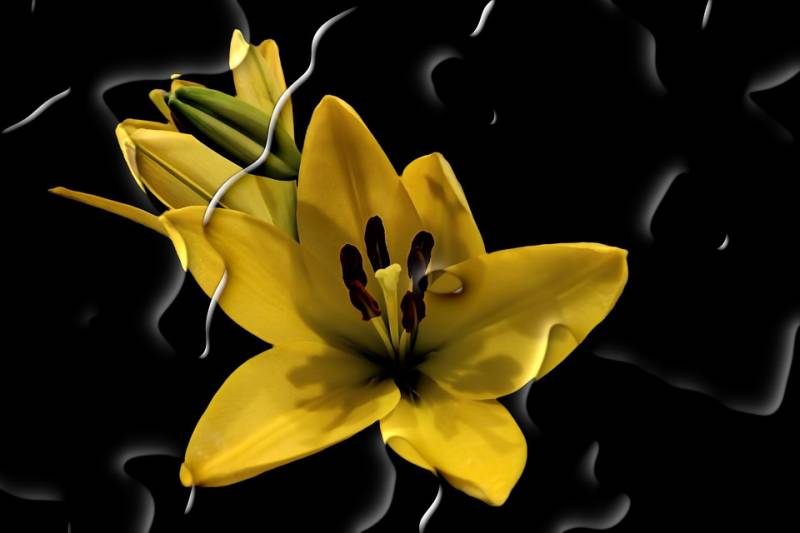
21. Daylilies
This is the one lily that is safe to eat. Both tiger lilies and Easter Lilies are extremely toxic to humans.
Daylilies have flowers that boast six orange petals and a stem without leaves. Their main stock also is free of leaves. You can eat daylilies raw and whole, or cook them and toss them into salads.
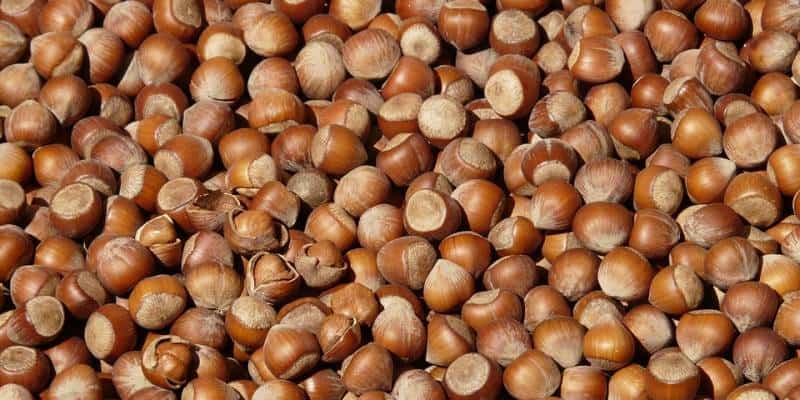
22. Hazelnuts
These nut trees are typically extremely short when compared to other nut-bearing trees. Hazelnut trees commonly grow to reach between 12 to 20 feet tall.
Their leaves have pointed edges, and are a bright green color. The nuts grow in long pod strands that usually ripen in early September through October.
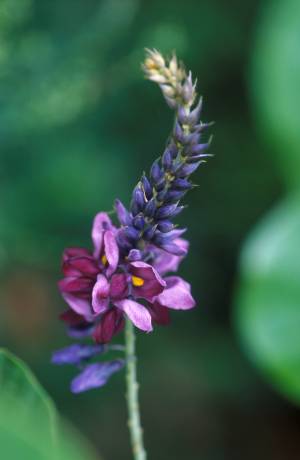
23. Kudzu
This highly invasive plant is not only safe to eat, it is also known for its medicinal properties.
Kudzu is known to help cure a hangover, and reduce headaches, vomiting, upset stomach and dizziness. The whole plant is edible, and can be eaten steamed, raw, or boiled.
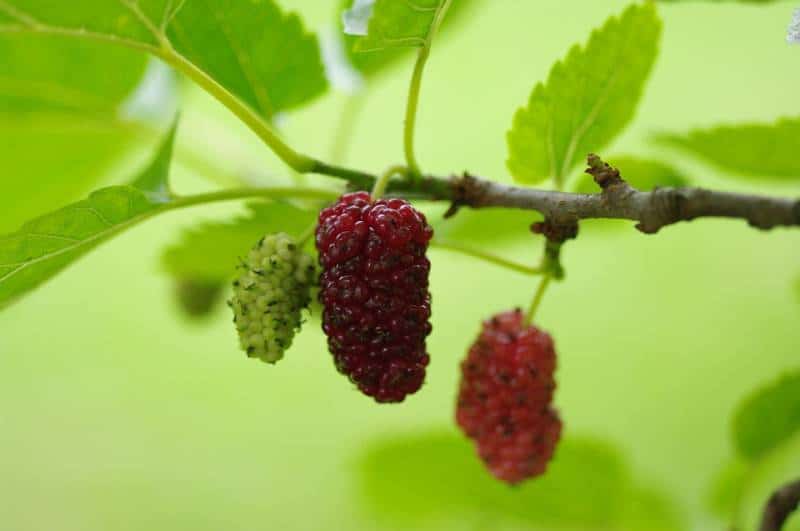
24. Mulberries
These tasty berries typically ripen during the late weeks of summer.
Leaves on mulberry trees have two different types of leaves: one leaf has a 5-fingered shape and the other is spade shaped. Both leaf types have jagged or pointed edges.
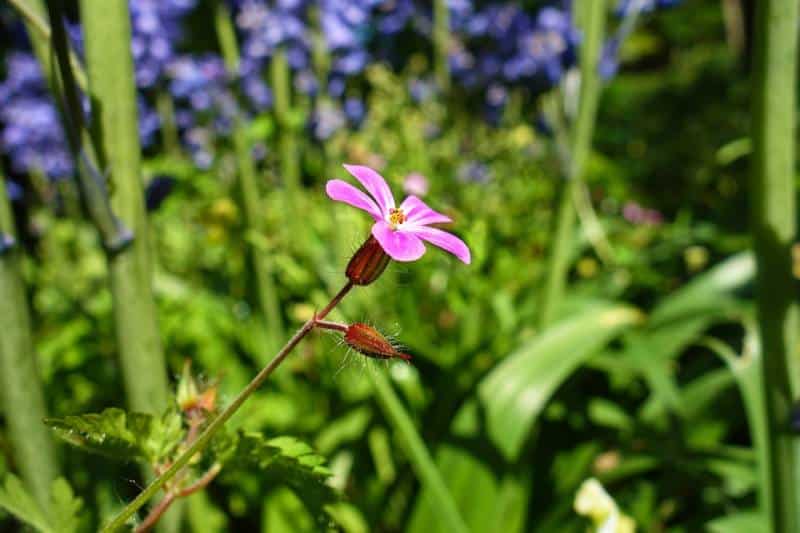
25. Herb Robert
The entire Herb Robert plant is edible. The leaves, flowers, and roots can be dried and used to brew teas, and as nutrient boosters garnish on any dish. Freshly picked leaves can be tossed into salads or used to brew tea.
You can run fresh leaves on your skin to help repel pesky insects, including mosquitoes. Plant some Herb Robert around your garden to help repel deer and rabbits who want to dine on your crops.
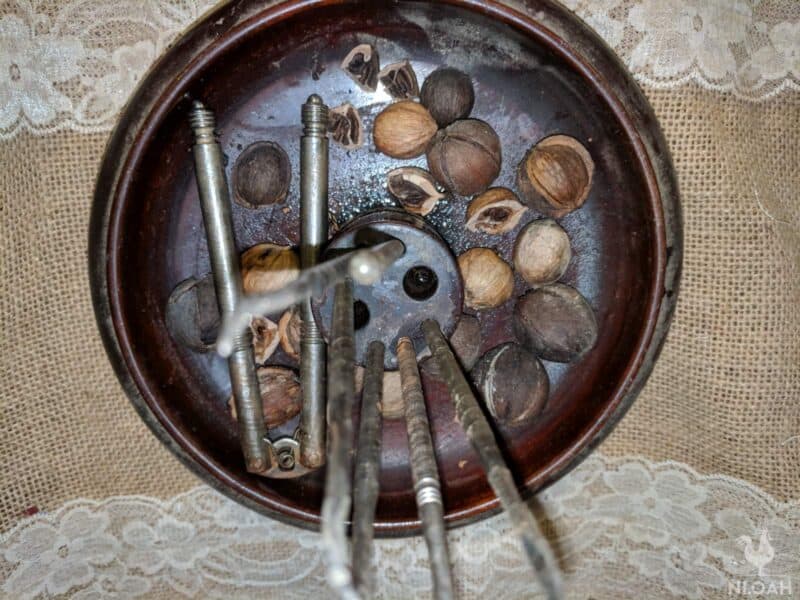
26. Hickory Nuts
These trees are typically easy to spot in the woods – they grow up to 60 feet tall on average. Their leaves are large, spear-shaped, and deep green with pointed edges.
Hickory nuts tend to ripen enough to safely eat in September and October, depending on the temperature and climate.
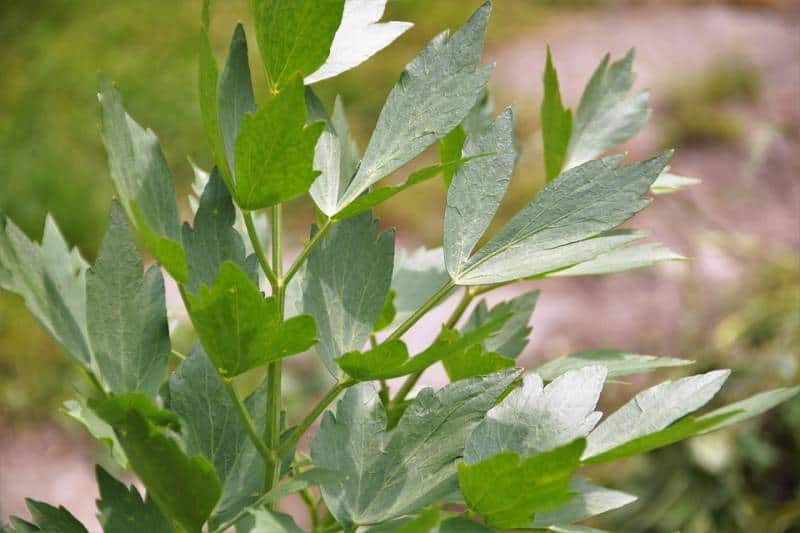
27. Beach Lovage
Fresh beach lovage leaves can be eaten raw and alone or used in salsa, soups, in salad, or placed upon a bed or rice to add extra flavor and nutrients to the dish.
The leaves are similar to parsley and boast a strong flavor. The plant typically tastes best when eaten before its blooming flowers disappear.
This wild plant is also commonly referred to as wild celery, sea lovage. Petrushki, and Scotch lovage.
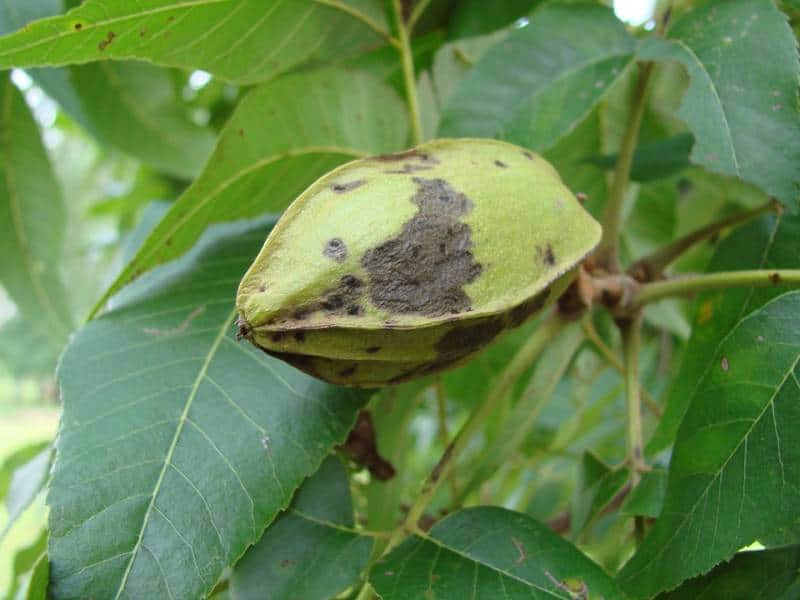
28. Pecans
The leaves on pecan trees are smooth, lengthy, and bright green in color. Pecan trees produce nuts when they are at least 20 feet tall, and can reach heights of about 100 feet tall.
Pecan nuts grow in green pods on the tree. When the nuts ripen within the pod, the pod opens and the seeds fall onto the ground below.
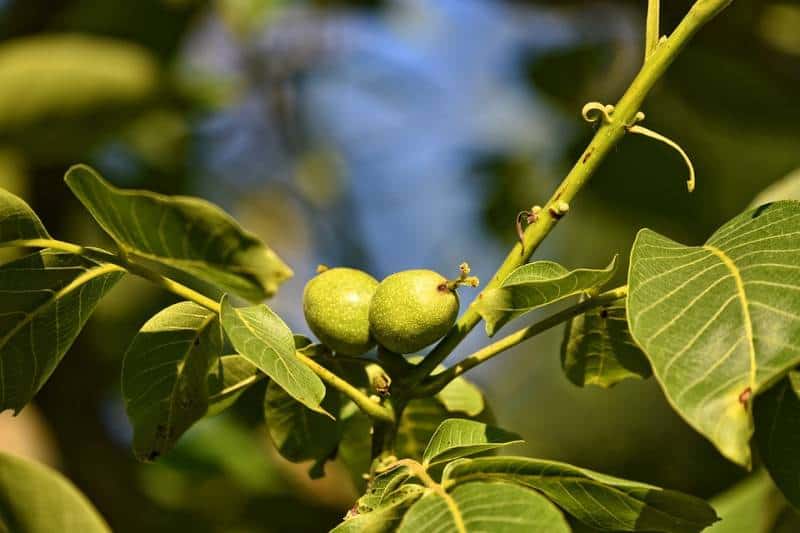
29. Walnuts
These may be the easiest to distinguish nuts in the forest. They grow on the incredibly tall (30 to 130 feet, on average) trees.
The leaves on a walnut tree are fairly similar to those on pecan trees. They grow on long stems that are spear-shaped, and have about eight leaves on both sides.
The leaves on a walnut tree are a solid green and smooth to the touch. Walnuts typically ripen to the point where they are safe to eat in the early fall. You can also use walnut husks to tan leather.
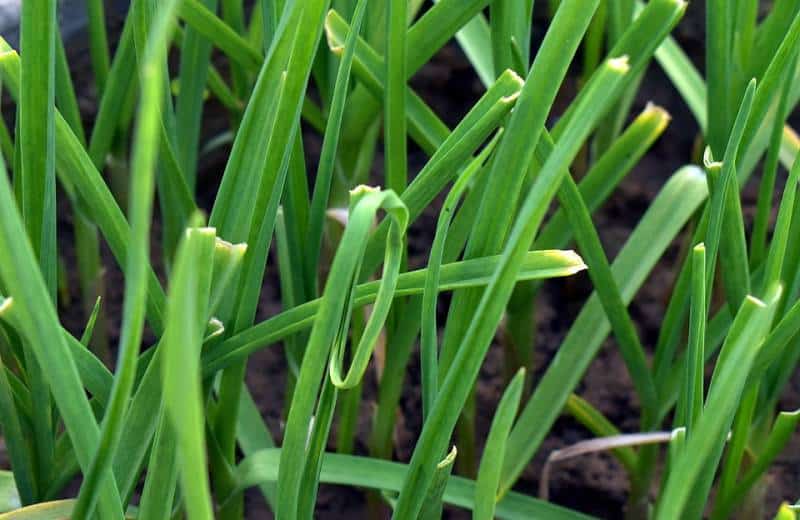
30. Wild Garlic – Garlic Grass
Garlic grass is most often discovered in pastures, open fields, and on the edge of the woods.
The edible wild plant typically resembles the look of traditional crop garlic and early onions, but the shoots of wild garlic are thinner than those on cultivated garlic.
It can be eaten raw or chopped and used in soups, salads, on sandwiches, or tossed into any dish that usually calls for scallions.
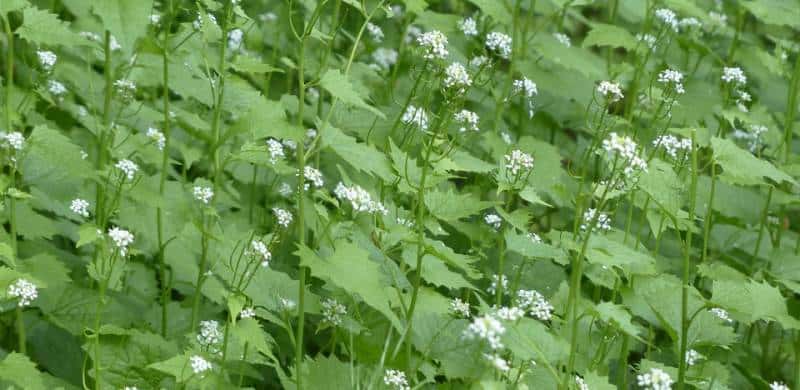
31. Garlic Mustard
The roots, flowers, seeds, and leaves of the garlic mustard plant are all edible year-round. During the warmer months of the year, the leaves will have a slightly bitter taste.
The roots are quite spicy are are often thought to resemble the taste of horseradish. Seeds are harvested for eating in the fall.
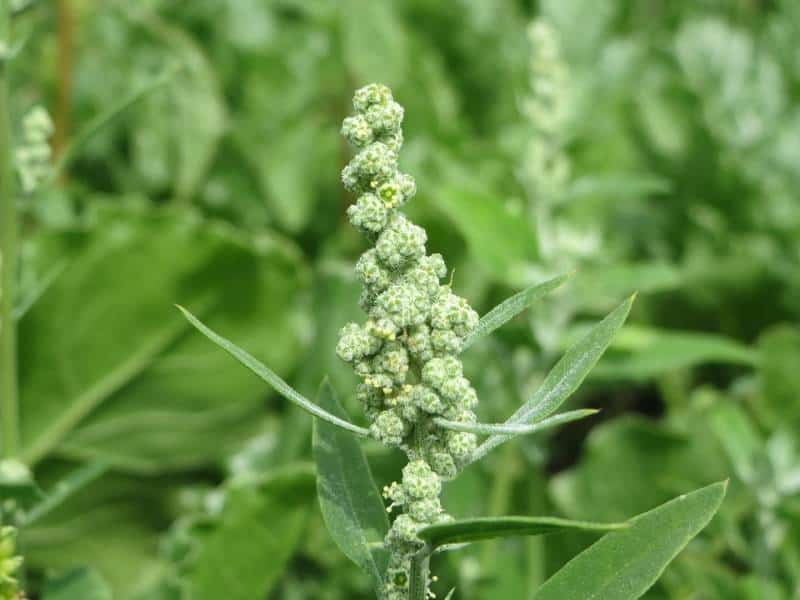
32. Lamb’s Quarters
Fresh leaves from a lamb’s quarters plant can be eaten in any dish that would typically call for cooked greens, eaten alone and raw, or tossed into a soup or a salad.
Always look the leaves over for bugs that seem to love hiding on them and making a home on the wild edible plant.
Leaves from this plant are typically tastier when picked just prior to blossomed flowers during the summer months. Lamb’s quarters are also commonly referred to as goosefoot, pigweed, and fat hen plants.
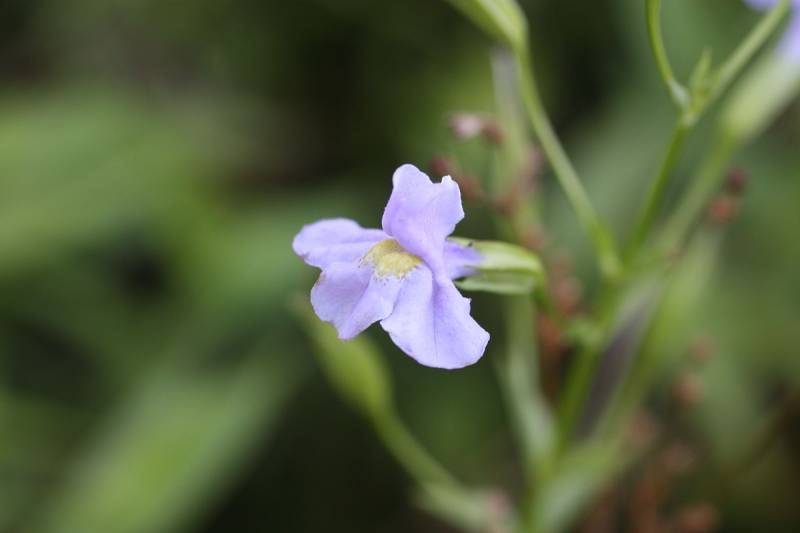
33. Monkey Flower
Leaves from this wild plant can be eaten raw, tossed in salads or soups, or cooked.
Monkey flower leaves taste best when eaten before the flowers appear, but the flowers are edible raw as well.
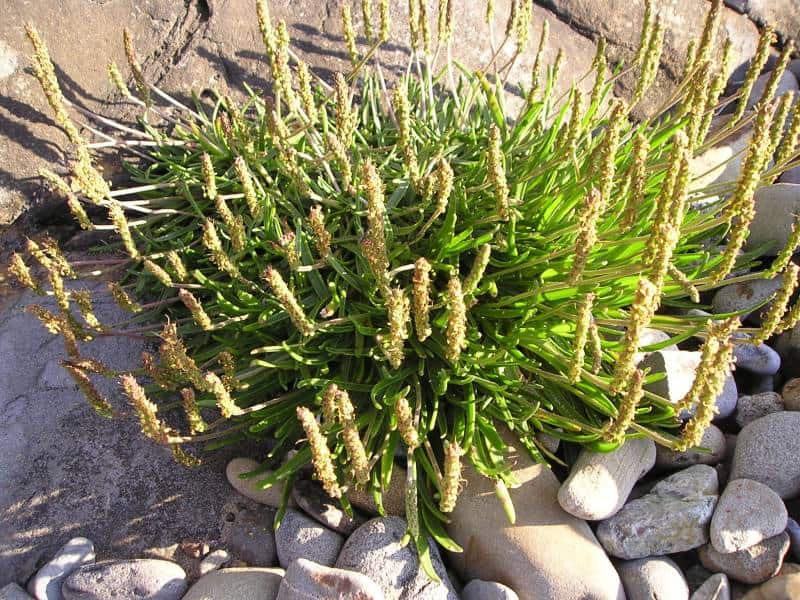
34. Goose Tongue
The young leaves from this plant are edible raw or cooked. Goose tongue leaves can be eater any time of the year, but taste best during the spring and summer seasons before the flowers appear. This plant closely resembles Arrowgrass, which is poisonous.
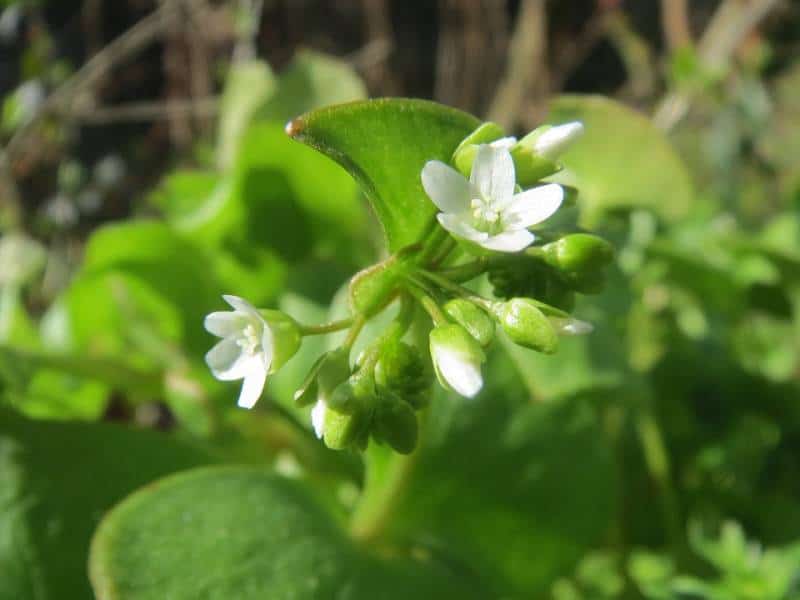
35. Miner’s Lettuce
The roots, flowers, and leaves of the miner’s plant are safe to eat. Younger leaves taste better than more mature leaves, which can grow bitter and dry during the summer months.
You can eat the flowers and leaves both raw and cooked. If you eat the roots, they must be peeled and boiled. They taste somewhat like chestnuts.
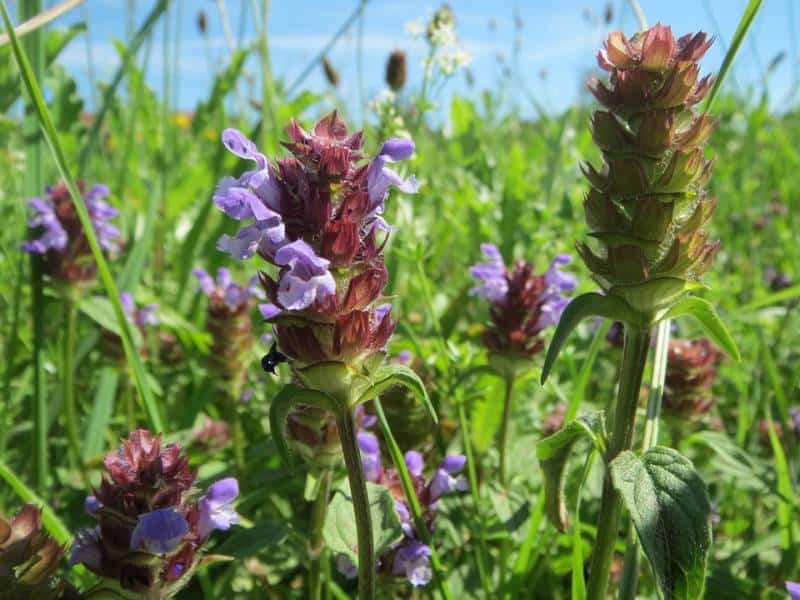
36. Prunella Vulgaris – Self Heal Plant
Young stems and leaves from this plant can be eaten raw. The entire plant is edible if it is boiled. The self-heal plant is right in vitamins K, A, and C as well as rutin and flavonoids.
It can be used as part of a natural mouthwash recipe, brewed into either a hot or cold tea to help soothe gum infections, sore throat, and thrush, used as a wound poultice to promote healing, and consumed to help stem diarrhea.
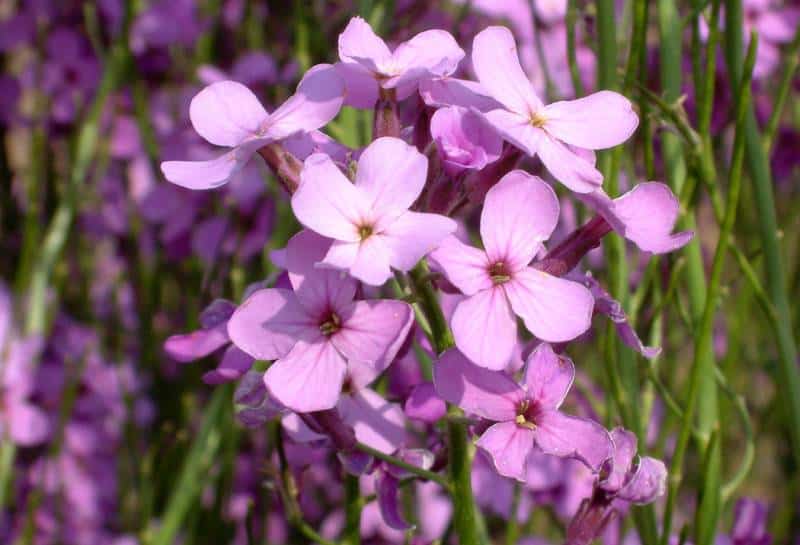
37. Sweet Rocket
This plant looks a lot like phlox, but it has only four petals, and not five. The flowers on a sweet rocket plant can be pink, white, or dark lavender, much like phlox flowers. It is part of the mustard family.
The entire plant is edible, but it has a slightly bitter taste. Leaves are best consumed before the flowers bloom.
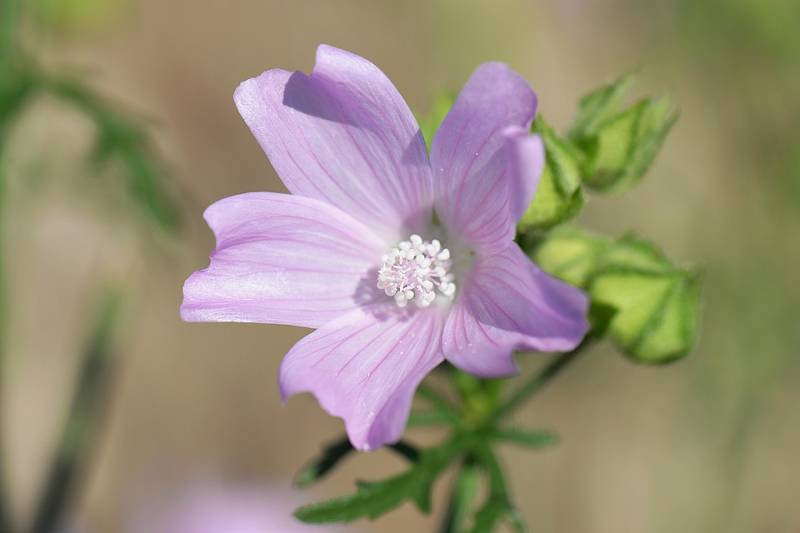
38. Mallow
The leaves on this plant can be used like lettuce and eaten raw or cooked. The seed pods, as long as they are still soft and green, can also be safely consumed. Do not eat the pods after they turn brown.
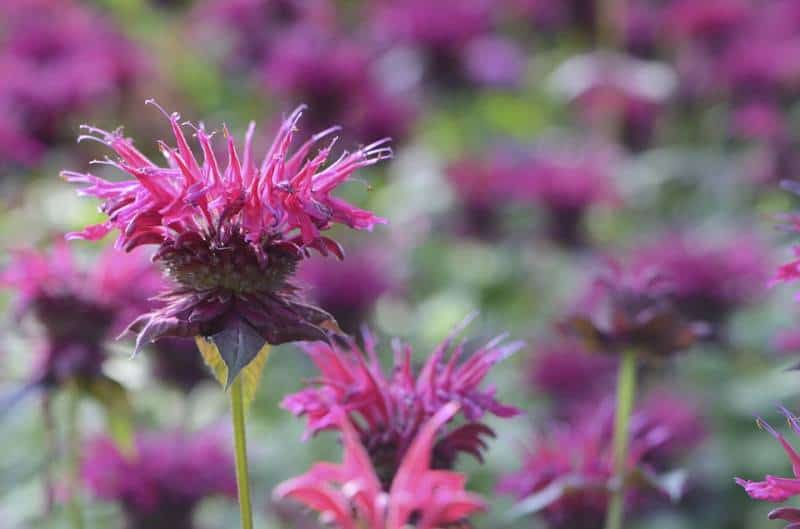
39. Wild Bee Balm
The leaves from the wild bee balm plant can be eaten raw, cooked, or dried. The flowers are also edible wild bee balm has a flavor than resembles mint or oregano.
You can dry and powder the plant and use it as a seasonings. The flower petals taste delicious in fruit salads.
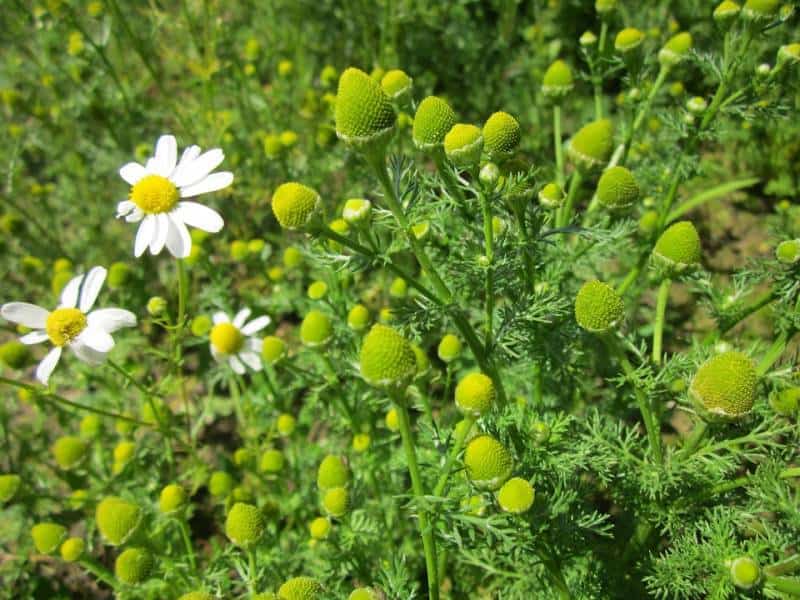
40. Pineapple weed
The flowers on this edible weed have a really nice taste, and can easily be plucked while hiking in the woods.
If you dry and powder the flowers and leaves from the pineapple weed, they can be used like flour or brewed into a tea.
A medicinal tea that also includes chamomile may help alleviate stomach pains and gas problems while working like a mild laxative.
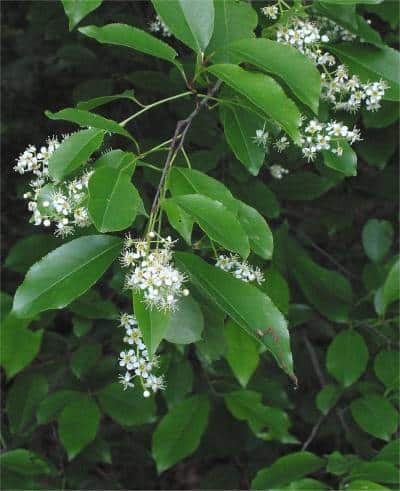
41. Wild Black Cherries
You can pluck wild black cherries from the vine and eat them raw , as long as they are dark black and not red.
Wilted cherries can contain a toxic amount of cyanide.
Never eat the ones that have been laying on the ground, nor should you eat too many raw black cherries. Cooking the cherries destroys their cyanide content.
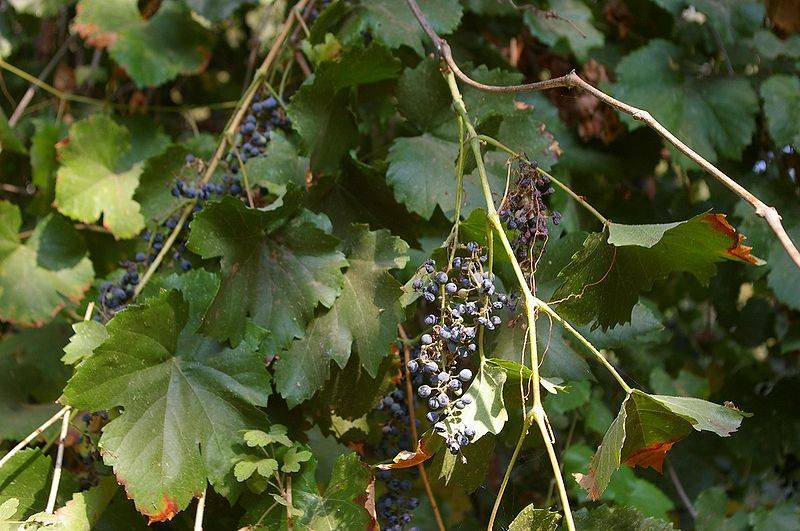
42. Wild Grape Vines
Both the leaves and the grapes from the wild vines are edible. They can be eaten any time of the year, but tend to taste best if picked before the first frost of the fall.
You can make wine from the grapes and blanch or freeze the leaves to preserve them.
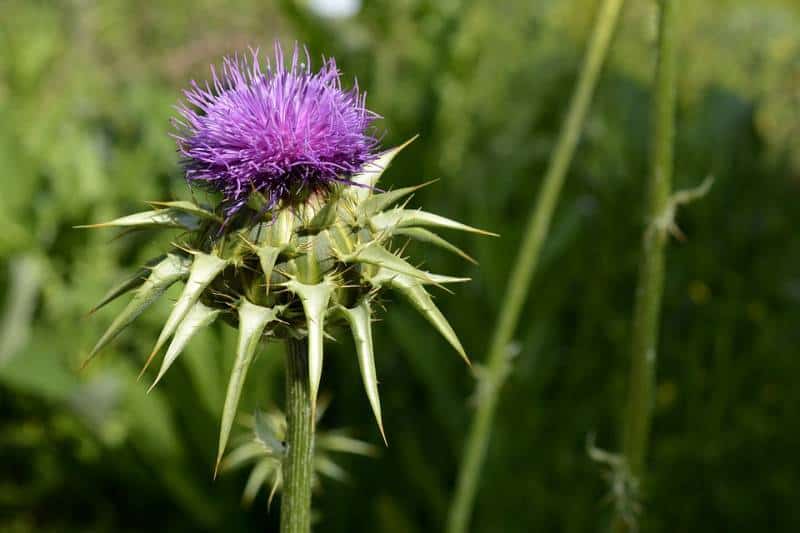
43. Milk Thistle
This wild plant is both edible and boasts medicinal properties. All parts of the milk thistle plant are considered edible, and can help deter or repair liver damage.
You must de-spone the leaves before eating them raw, cooking, or steaming them. The roots of the plant must be baked or boiled before consumption. The flower pods are also edible.
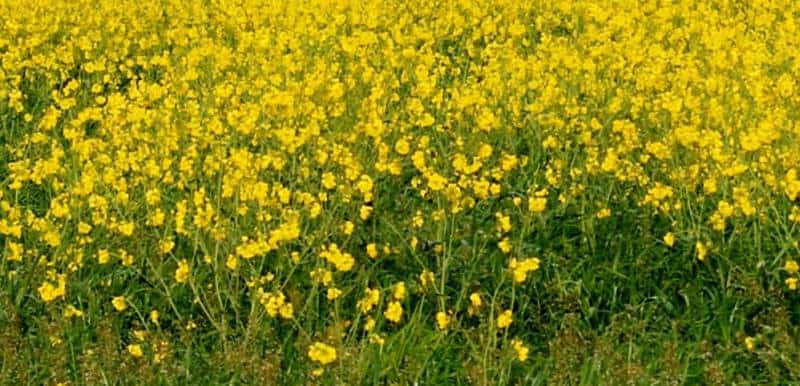
44. Wild Mustard
You can find wild mustard growing on the edge of the forest or in open fields typically when it is blooming during February and March. The entire wild plant is edible both raw and cooked.
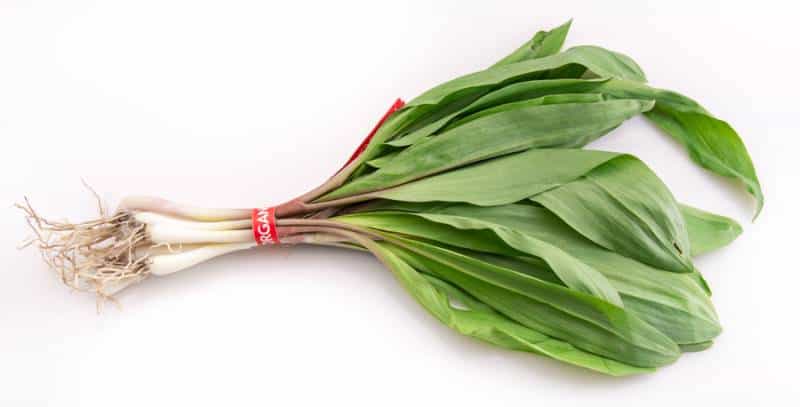
45. Wild Leeks
These onion-like wild plants are commonly found in dense areas of the forest. The bulbs and leaves of wild leeks are entirely edible raw, and are usually the first new growth of the spring.
Some foragers have experienced negative effects from consuming wild leeks in abundance. If the plant does not smell like onions, it is extremely likely it is not of the wild leeks variety.
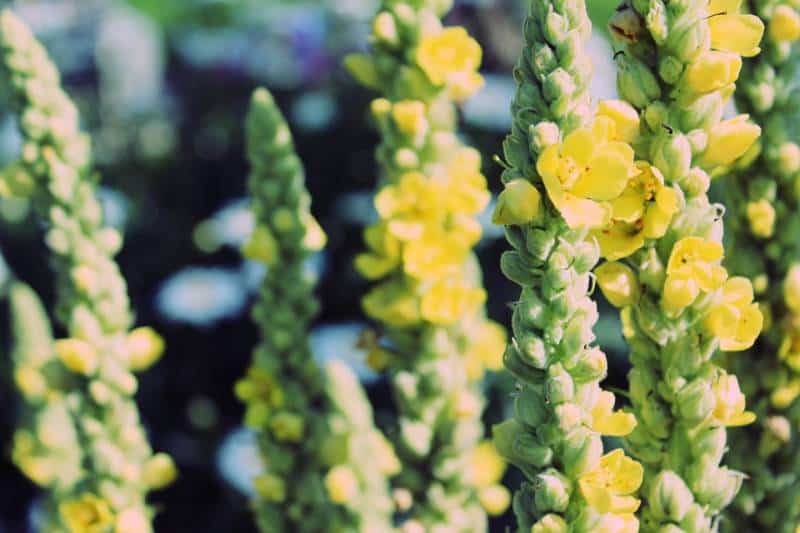
46. Mullein
The flowers and leaves of mullein are edible raw. The flowers taste and smell sweet. The leaves have a fairly bitter taste.
The flowers and leaves can be brewed into a nutrient-boosting tea that can help treat various types of cough and lung problems.
Mullein has a high content of choline, sulfur, para amino benzoic acid, magnesium, hesperidin, as well as vitamins B2, B5, B12, and D.
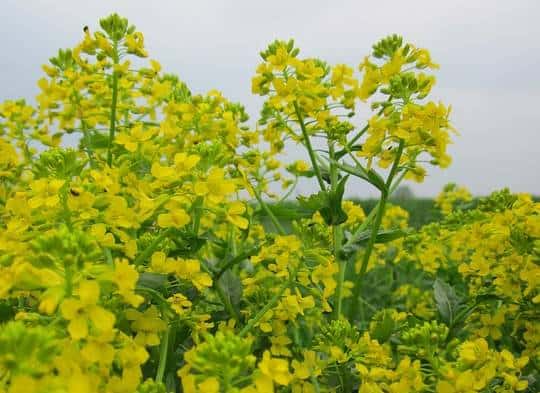
47. Yellow Rocket
This wild edible commonly grows along the banks of streams, creeks, ponds, and hedges. Yellow rocket can be eaten raw or steamed until it is only slightly wilted and eaten like broccoli.
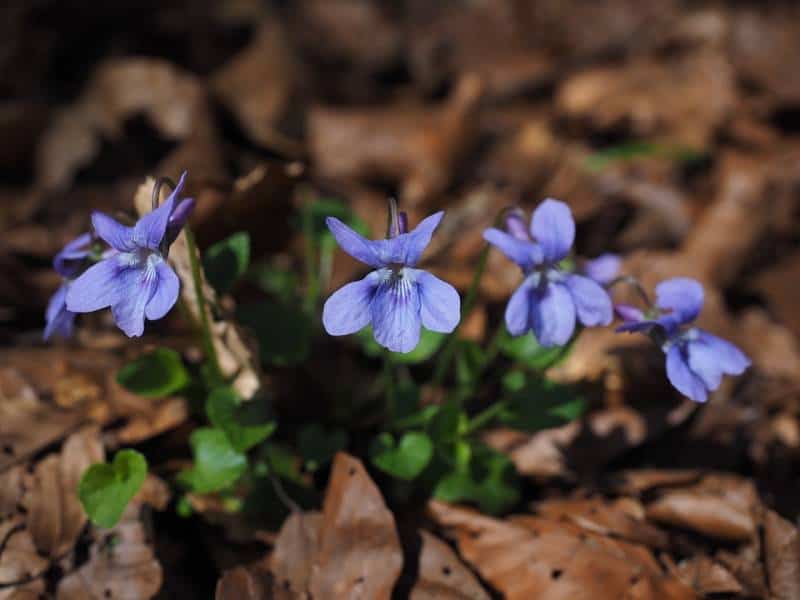
48. Violets
The leaves of this wild plant are small and pointed. During the spring the flowers on the wild violet are a bright yellow.
Violet flowers and leaves are edible raw. The plants are a quality source of both vitamins A and C.
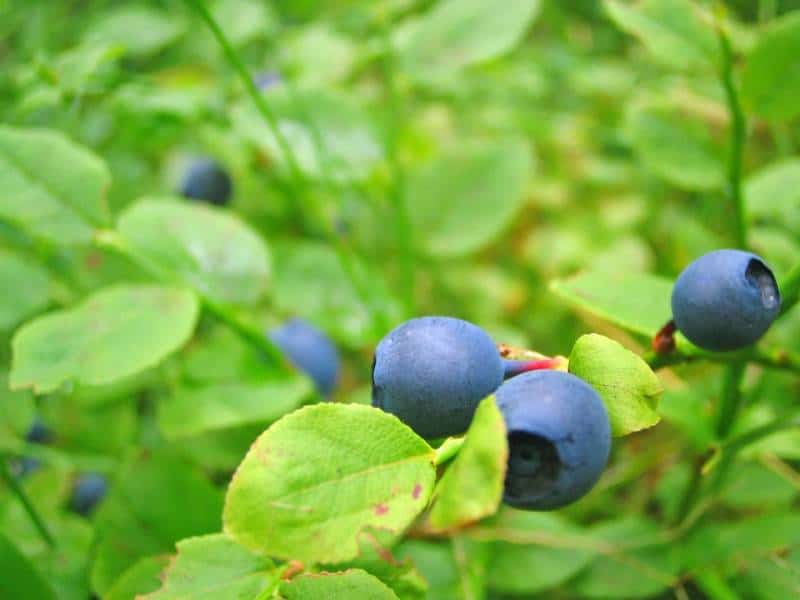
49. Wild Blueberries
These blueberries grow wild in most climates throughout the United States and Canada. Both the ripened berries and the flowers are edible raw.
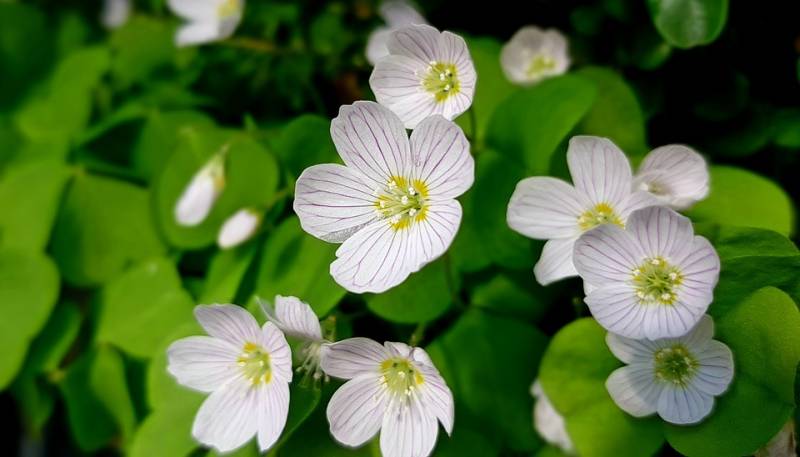
50. Wood Sorrel
This wild edible is not only a tasty thirst quencher, but has medicinal properties. It has flowers that range in hue from a bright yellow to a clover green.
Chewing on the plant can both quench your thirst and help heal mouth sores. Wood sorrel is rich in vitamin C. The roots of the plant have a starchy taste like a potato, and can be eaten once boiled.
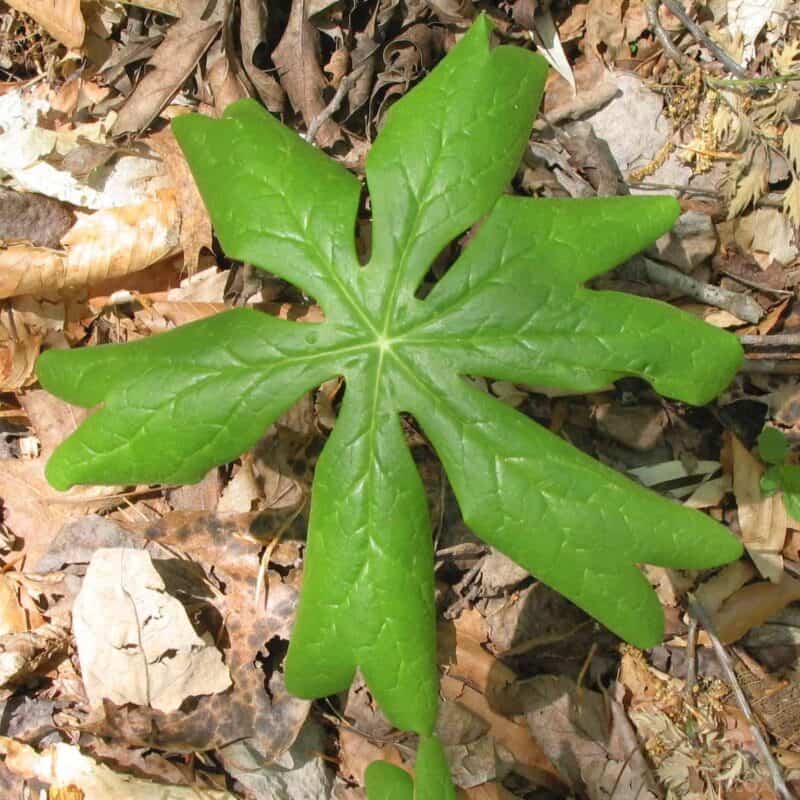
51. Mayapples
The mayapple fruit is yellow, and appears during the early spring. The plants are found in the forest, with their small fruit almost concealed by a single large leaf. Ripened fruits are soft and yellow.
Warning! Do not eat the fruit if is it hard, or if it has a green cast, it is not ripe and could be poisonous. Never eat the seeds, even those from a ripe fruit. Only eat the ripe fruit in small amounts!
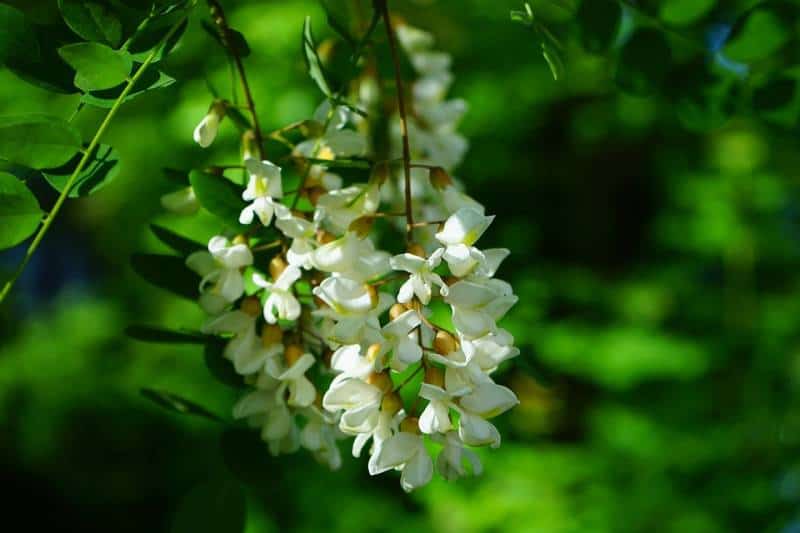
52. Black Locust
This wild edible is prevalent throughout Appalachia .It is a rather invasive tree that usually grows both quickly and in large clusters.
The flowers are the only edible parts of the black locust tree – ALL other parts are TOXIC.
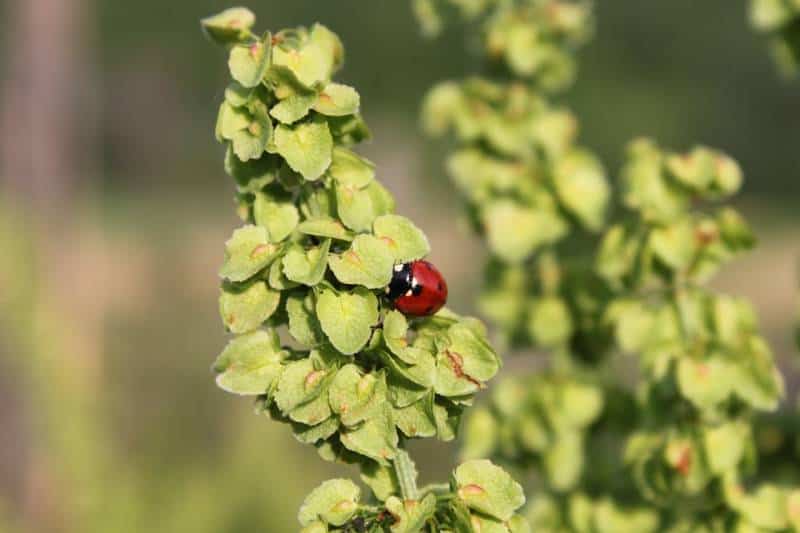
53. Curly Dock
The leaves of the curly dock plant can be eaten raw when they are young, or cooked when they mature. The leaves are a tasty addition to soups and salads.
The stems of the wild edible can be eaten either raw of cooked after being pilled. Mature seeds from the plant can be boiled or roasted and eaten, or used to make coffee.
Only eat curly dock leaves in moderation, they contain a high percentage of oxalic acid, and could be upsetting to the stomach or harmful when eaten in abundance.
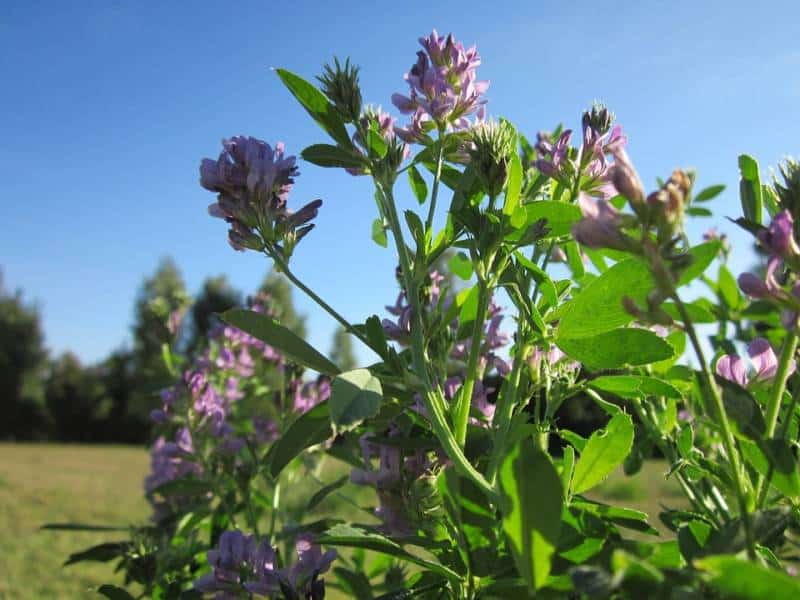
54. Wild Alfalfa
This wild alfalfa is know to produce a natural energy boost and help defeat nutritional deficiencies.
The leaves of the plant look similar to clover. The flowers have a 1-sided cluster and are short. Each cluster has about 15 purple leguminous-shaped flowers.
Both the young shoots and the leaves from wild alfalfa can be eaten either raw or cooked. The leaves are often used as a salad bed or tossed into soups.
Eat wild alfalfa in moderation if suffering from systemic lupus erythematosus. The seeds from this wild edible can be ground into a powder, and used as flour.
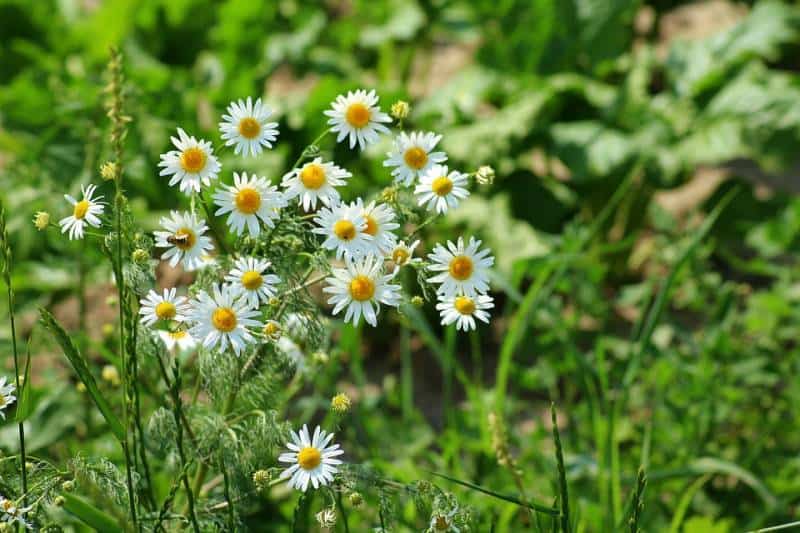
55. Chamomile
Both the flowers and the leaves from the chamomile plant are edible. They can be brewed to make a calming, tasting, and healing tea. The leaves also make a nice salad ingredient.
Final Words
The time to learn what wild edibles exist in your region is now, and now when you are desperately foraging for your next meal.
Arm yourself with this guide and others, then go on the first of what should be many identification hikes.
Disclaimer
Neither the author nor this website shall be held responsible for the misuse, and side effects resulting from using the info in this article. The information on this site is not intended or implied to be a substitute for professional advice.
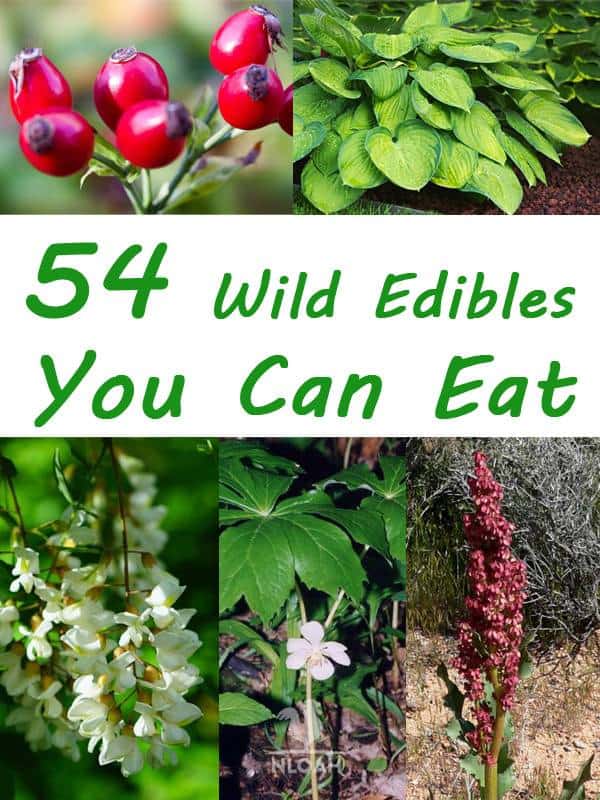

Tara lives on a 56 acres farm in the Appalachian Mountains, where she faces homesteading and farming challenges every single day, raising chickens, goats, horses, and tons of vegetables. She’s an expert in all sorts of homesteading skills such as hide tanning, doll making, tree tapping, and many more.

Picture 14 is not HOSTA. It is Broadleaf Plantain. I know this because I harvest this medicinal plant.
The pic of violets are crocus.
Picture #21 is not a daylily. It is probably an Asiatic lily, which is not edible. #4 is not a violet – it is a spring crocus. While it may not be toxic, it might be confused with an autumn crocus to the unknowing and they can be deadly poisonous. #14, as mentioned early is a hosta. In the past it was called Plantain Lily, contributing to the confusion I’m sure. Hope this might help someone avoid some problems.
https://en.wikipedia.org/wiki/Daylily Wikipedia puts the yellow daylily at the top. They say the orange daylily is native to China. The plantain pic is fixed. Violets are #48 not #4.
As per the same wiki page, “The flowers of Hemerocallis citrina are edible”, then tehy show a photo of dried yellow daylilies in line with this text.
Hey, looks like the picture on #14 is Hosta and not Plantain. Could be confusing to some who do not know the difference. Both are edible.
Fixed